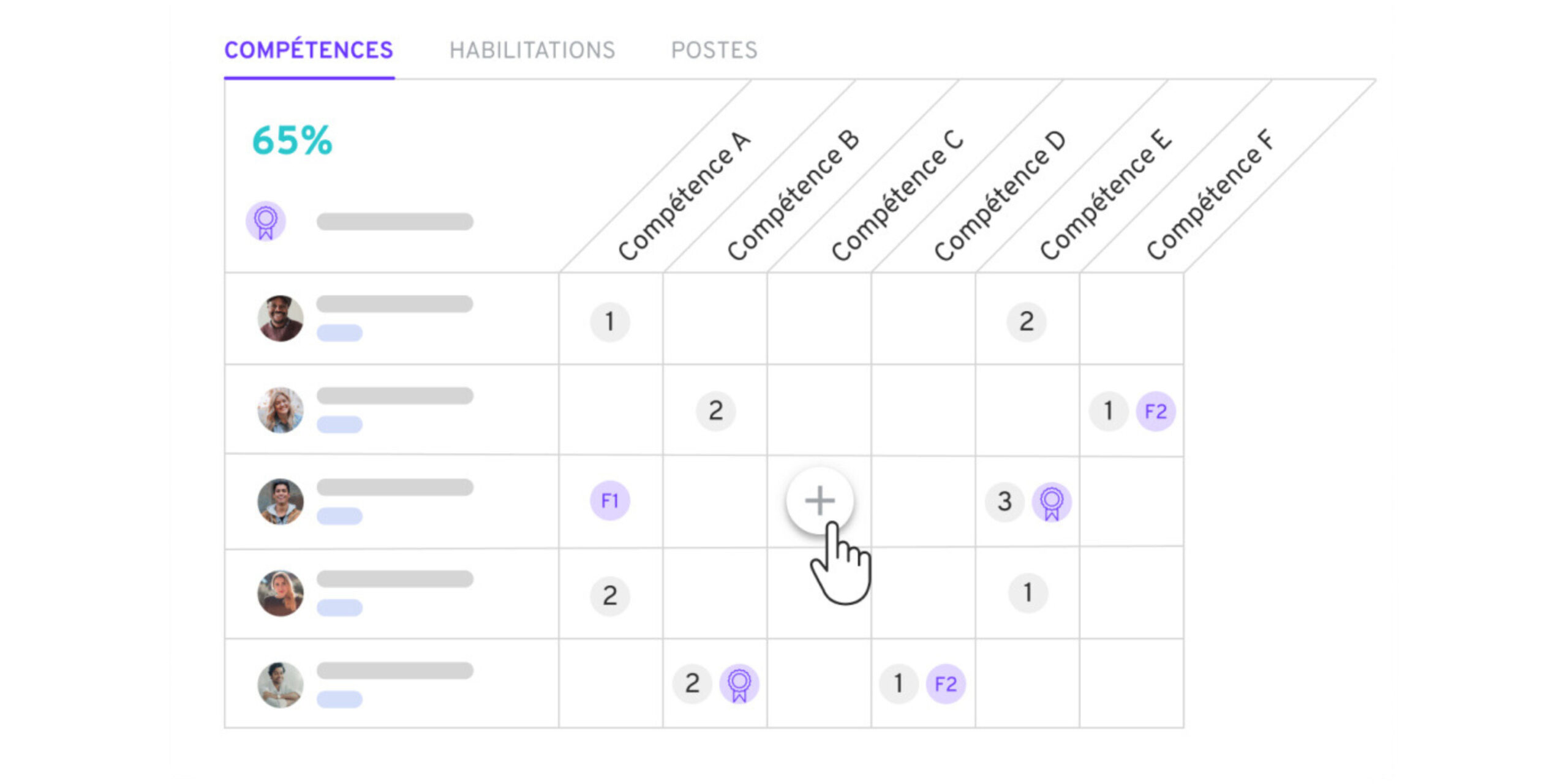Versatility: redefining work
Multi-skilling is a new way of thinking about work that breaks down traditional divisions between different work areas and disciplines. It gives individuals responsibility for a diverse range of tasks, rather than being confined to a specific function.
It's like having a well-stocked toolbox: you don't just have one tool to use all the time, but a whole range that enables you to accomplish different tasks. Boredom and monotony disappear when every day offers the chance to do something new and different.
Promoting flexibility means developing a diversified range of skills. This means training or being trained to take on different jobs, to perform different activities. In this context, every working day becomes a new learning opportunity, offering varied and stimulating experiences.
Towards Industry 4.0
Industry 4.0, often referred to as the fourth industrial revolution, marks a major turning point in the way we produce and deliver goods and services. It is defined by the integration of cutting-edge technological innovations, including artificial intelligence, the Internet of Things, robotics, big data and advanced analytics into production processes. This integration leads to increased automation and interconnectivity, creating more efficient, flexible and personalized production systems.
Industry 4.0 challenges and opportunities
However, the advent of Industry 4.0 is not without its challenges. The rapid pace of technological change means that current skills and knowledge can quickly become obsolete. A capacity for adaptation and continuous learning is therefore essential to remain relevant in this context.
The Role of Versatility in Industry 4.0
This is where versatility proves crucial. In the context of Industry 4.0, being versatile doesn't just mean being able to perform a multitude of tasks, but also having the ability to understand and manipulate various technologies and systems. A versatile employee can move from one task to another, quickly learn new tools and techniques, and bring a broader perspective to his or her work.
It's an essential skill for successfully navigating the Industry 4.0 landscape. It enables companies to remain agile and competitive in an ever-changing industrial environment, while offering workers the opportunity to maintain their employability despite rapid fluctuations in the labor market.
Versatility as a Key Skill
Versatility: A Necessity in the Industry of the Future
At the heart of this transition to Industry 4.0, flexibility stands out as a key skill. Not only does it enable us to navigate the changing landscape of industry with agility, it also keeps each individual relevant in the face of the relentless wave of technological innovation. More than just a commodity, it has become a necessity in the industry of the future.
Enriching and expanding jobs through versatility
Multi-skilling has the potential to enrich and expand the role of every employee. Rather than being confined to a single task or role, the multi-skilled employee is given the opportunity to explore a range of different activities and roles, thus strengthening their commitment and professional fulfillment.
Versatility and Job Satisfaction
What's more, multi-skilling can significantly improve job satisfaction. The variety and continuous learning that versatility brings can make work more stimulating and interesting. It can also contribute to greater autonomy and accountability, key factors in professional fulfillment.
Versatility to Reduce Risk and Occupational Illnesses
Finally, multi-skilling can help reduce exposure to occupational risks and illnesses. By allowing employees to vary their tasks, it can help minimize health problems linked to the repetition of specific movements or to overwork in a specific area. For example, by avoiding repetitive movements all day long, workers can reduce their risk of musculoskeletal disorders.
Fostering innovation through versatility
Another major advantage is that it can help foster innovation. Indeed, by working in various fields and learning a variety of skills, employees can gain a broader view of the company's processes and problems.
This multi-dimensional perspective can stimulate creativity and encourage employees to develop new ideas and solutions. For example, someone who has worked in both product design and production may have a better understanding of how changes in one area can affect the other. This understanding can help them identify new opportunities for improvement or propose innovative solutions to existing problems.
So, as well as improving flexibility and job satisfaction, it can also contribute to company growth and innovation.
Using Competency Matrices
The first step in introducing versatility is to identify existing skills and those that need to be developed. Skills matrices are a valuable tool for this. They provide a clear picture of the skills available within your team, and identify areas where training may be needed to develop greater flexibility.
Training and education play a crucial role in promoting versatility. This can involve on-the-job training, mentoring programs, or even external training. The aim is to provide employees with the tools and opportunities they need to develop a range of skills that will enable them to adapt and thrive in an ever-changing industrial environment.
Integrating versatility into recruitment and talent management
Finally, versatility needs to be integrated into recruitment and talent management processes. When recruiting, it is essential to look for candidates who demonstrate not only technical skills, but also a willingness to learn and an ability to adapt to different roles and responsibilities. In addition, talent management systems need to encourage and reward flexibility, recognizing employees who show a willingness to learn and develop new skills.
Tools for Versatility: Beyond Excel
Setting up a skills matrix can seem a daunting task, especially when relying on traditional tools such as Excel. Although functional, the latter can quickly prove limited, difficult to manage and keep up to date.
Today, more practical and innovative solutions exist to facilitate this process. Among them, our Mercateam solution stands out for its functionalities.
Mercateam: Your ally in implementing versatility
With Mercateam, you can create a complete skills and professions repository, define your versatility objectives and much more. This platform enables you to define your internal know-how library, and easily create your repositories of skills, authorizations and qualifications.
It's a way of "setting in stone" the qualifications required for a position, enabling you to assess and enhance the skills of your employees. It also enables you to identify potential candidates, both internal and external, for your vacancies, and to anticipate short-, medium- and long-term needs.
A repository of jobs and skills can also be used to develop training and certification programs. It will help you identify critical skills that pose a risk to the sustainability of your organization.
Don't miss any more Mercateam news
Book your demo




